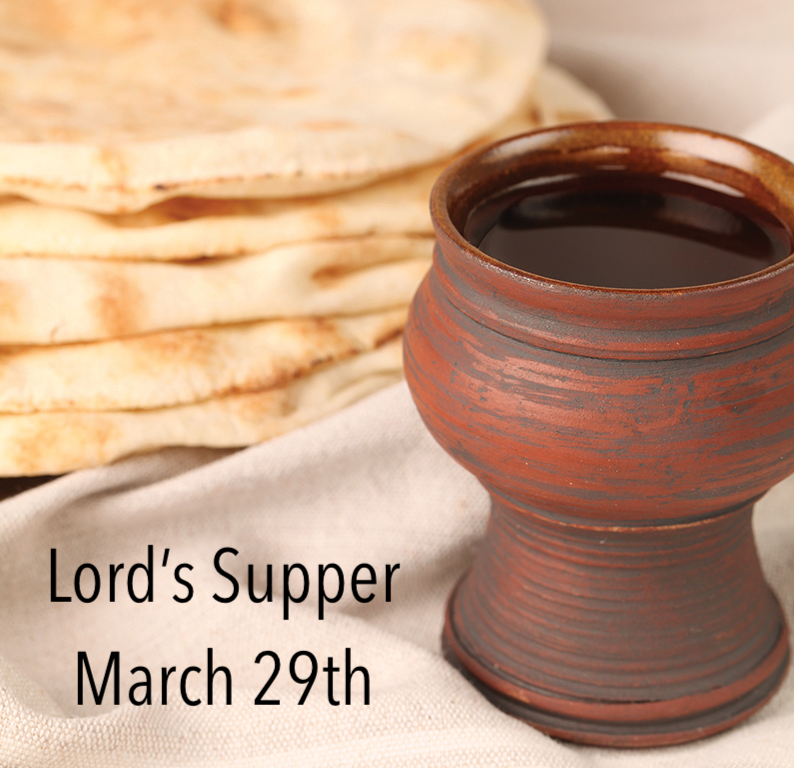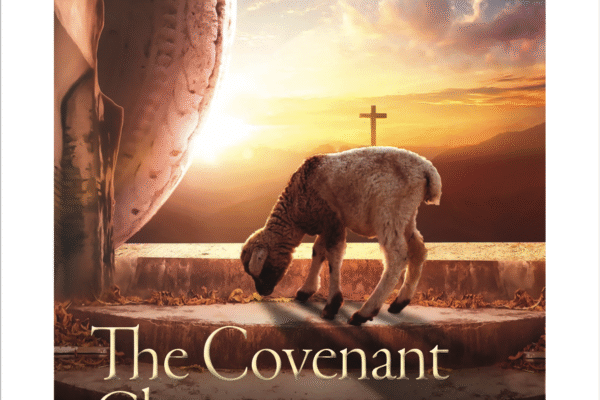The year 2018 is my 52nd time observing the Lord’s Supper. Surely this qualifies for “often” (1 Corinthians 11:25, 26), as did the high priest’s entering the holy place every year (Hebrews 9:25). Settings for the Supper have been in large and small churches and at the bedside of elderly saints. Some years we traveled many miles and other times walked across the street to the church. In Southern California, the early spring days were pleasantly warm. In Edmonton, Alberta, Canada, snow covered the ground for nearly two more months.
I have many memories of Lord’s Supper service. One year a woman visited our church the Sabbath preceding the Lord’s Supper service. After church she sat on a bench crying, so my wife asked her what was wrong. The young woman said, “I have been dry for the first time in three decades. I am fervently praying and trying so hard to break my addiction to alcohol, but I know that if I take one swallow of wine, I will be hooked again.” She was so relieved when my wife assured her that grape juice, not wine, is the emblem used to represent Jesus’ blood. His blood is our hope.
From the institution of the Passover service in the time of Moses to Jesus’ death on the cross, generations of God’s people have yearned for God’s ultimate Passover Lamb who would take the place of the animal sacrifices. Now we rejoice because “Christ our Passover is sacrificed for us” (1 Corinthians 5:7, KJV). The ritual of slaughtering animals, whose blood served only as a covering for sin, is no more. Now our very conscience is purged from dead works to serve the living God (Hebrews 9:11-14). The story of deliverance from Egypt is superseded by the story of our deliverance from the sin nature. We no longer look back to the picture that the first Passover painted. The detailed instructions for that service (Exodus 12:1-14; 21-28; Leviticus 23:5; Numbers 9:1-14; Deuteronomy 16:1, 2) met their fulfillment.
Jesus gave a new ordinance with new emblems and new meanings: the unleavened bread representing His body and the fruit of the vine representing His blood shed as payment for our sins (Luke 22:13-20). Now we yearn for the day when Jesus returns and we join Him in the service (vv. 16, 18). Maybe next year!
John Lemley and his wife, Lois, live in Vancouver, WA, and attend the CoG7 in Kalama, WA.








